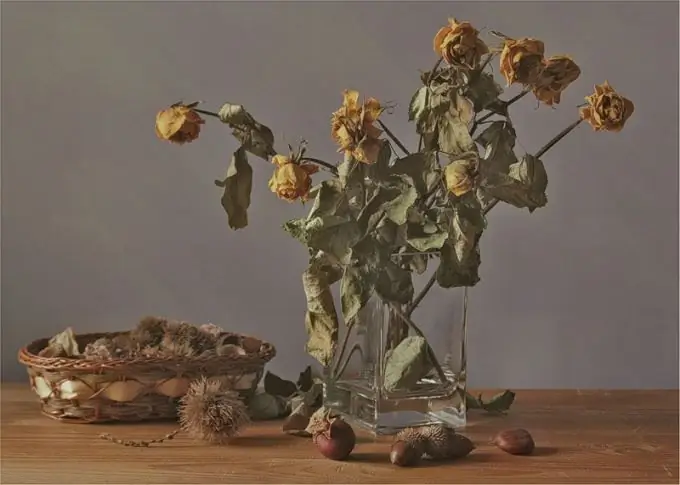Different types of plants have different structures and properties. Therefore, they also need to be collected, dried and stored in different ways. Let's take a look at ways to dry the most common and recognizable plants.

For drying, take the color for 3-4 days of flowering. Pressing your finger on the center of the flower, give it the desired shape. The leaves are spread on a layer of cotton wool, insulating them with paper from the neighboring ones. It is necessary to ensure that there are no raindrops on the flowers, otherwise the color in these places will be spoiled. In large flowers, the petals can be dried separately.
If you want to dry the whole aster, lay it flat on the cotton wool and cover with cotton wool on top. After a few hours under the press, dry it in herbarium nets at a temperature of 25-30 degrees. Also, the flower can be dried in parts.
Marigold. It is better to dry multi-petal marigolds whole. For this, the inflorescence is cut without leaves. The flower is placed on a layer of cotton wool. Small pieces of cotton wool are placed between the petals. Then they are dried in herbarium nets.
Birch leaves at any time of collection dry well under a press of up to 30 kg.
You need to take the first inflorescences, they are much brighter. Immediately at the point of collection, the flowers are surrounded by a ring of cotton wool. Cover with cotton wool from above and put it in paper, turning it with a whisk towards the viewer. Dries at a temperature of 30-35 degrees. If pressed dry, the cornflowers will lose their blue color.
When dried under a press of 15-20 kg, the color of flowers and leaves is preserved. It should be harvested from May to late autumn.
Tulip. Slightly withered specimens are chosen for drying. The petals are shifted with cotton wool and held under a 16 kg press. After a few hours, they are transferred to a mesh and dried in a thermostat at a temperature of 35 degrees.






